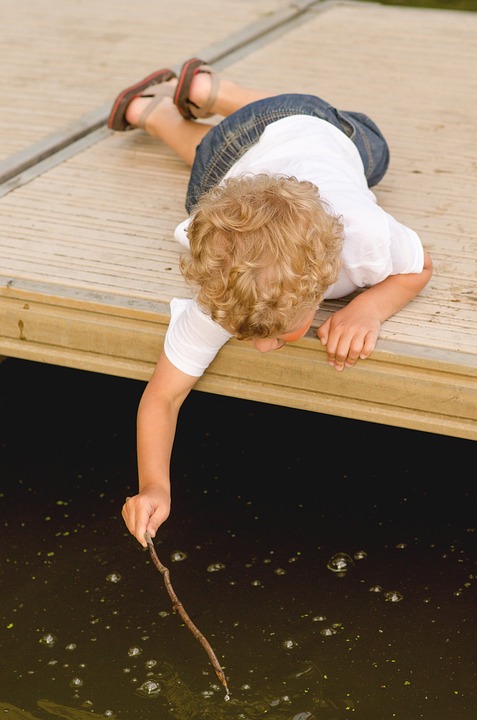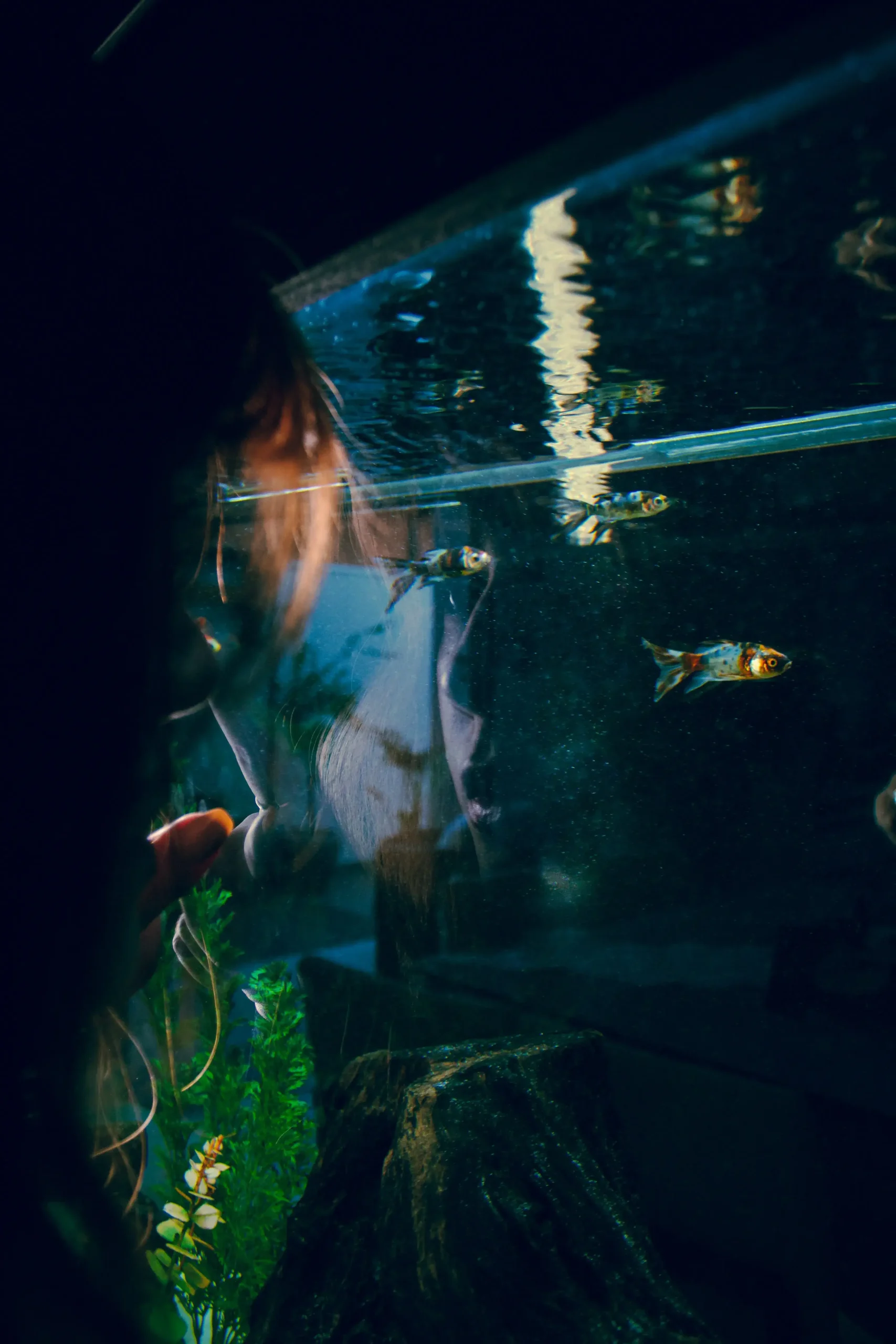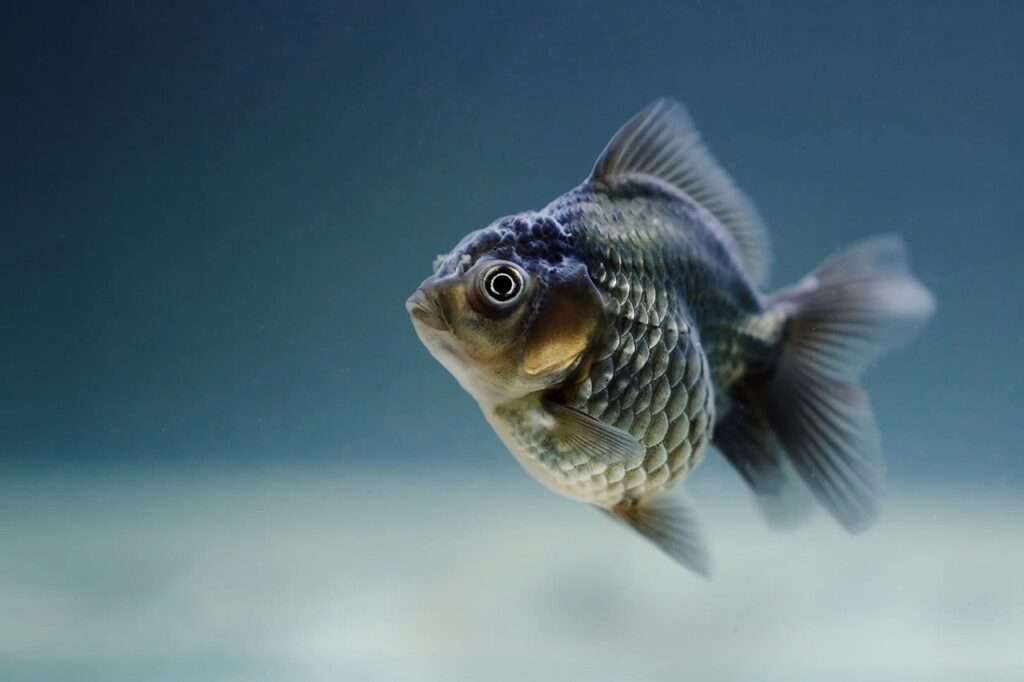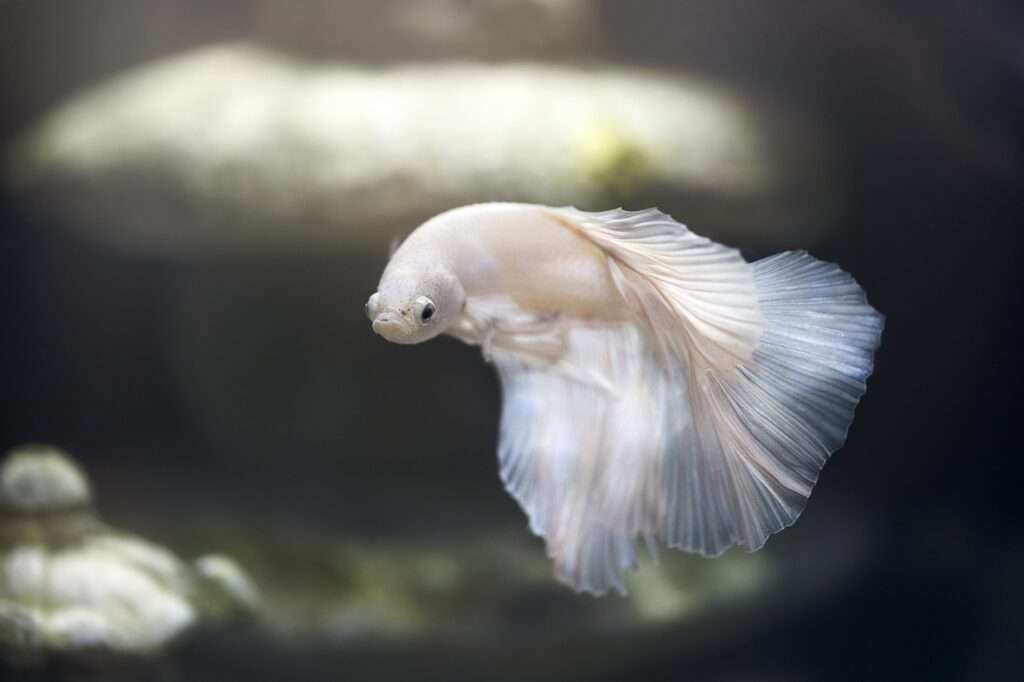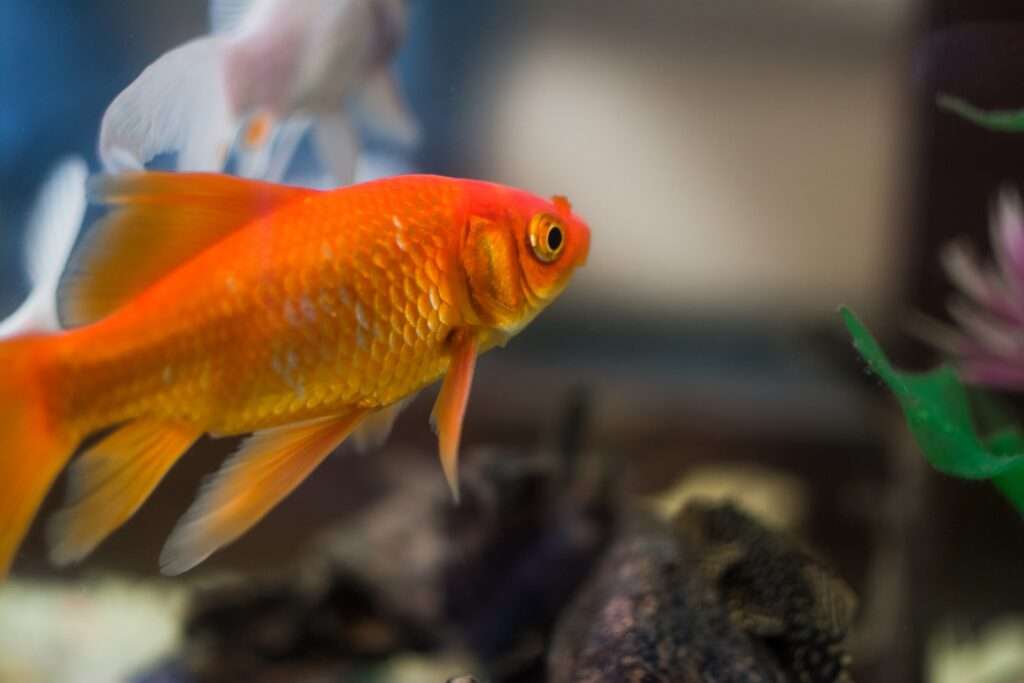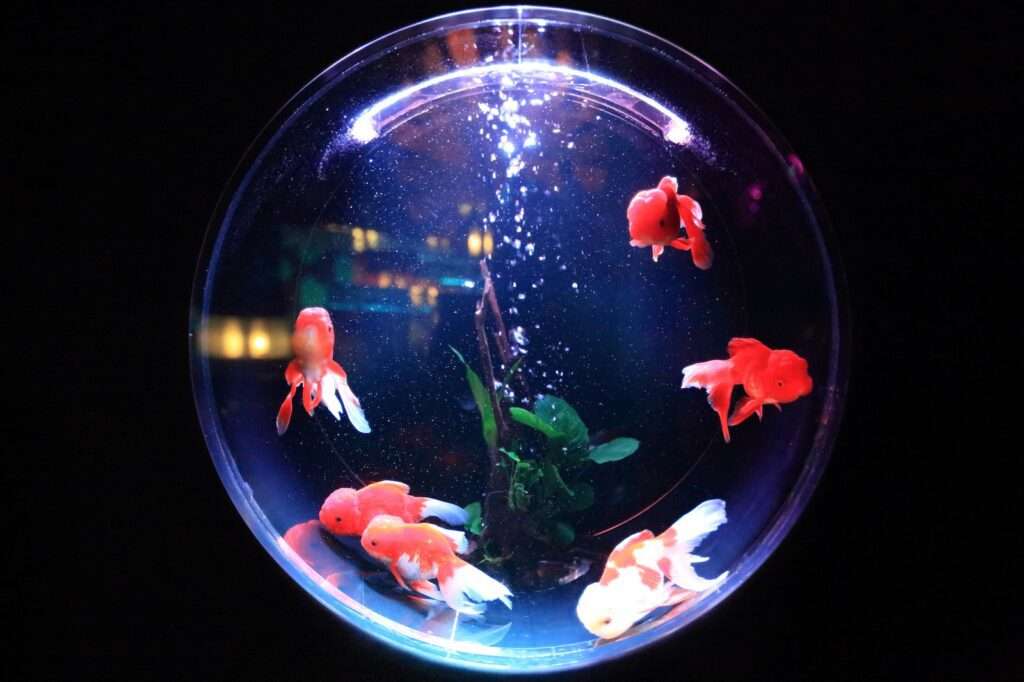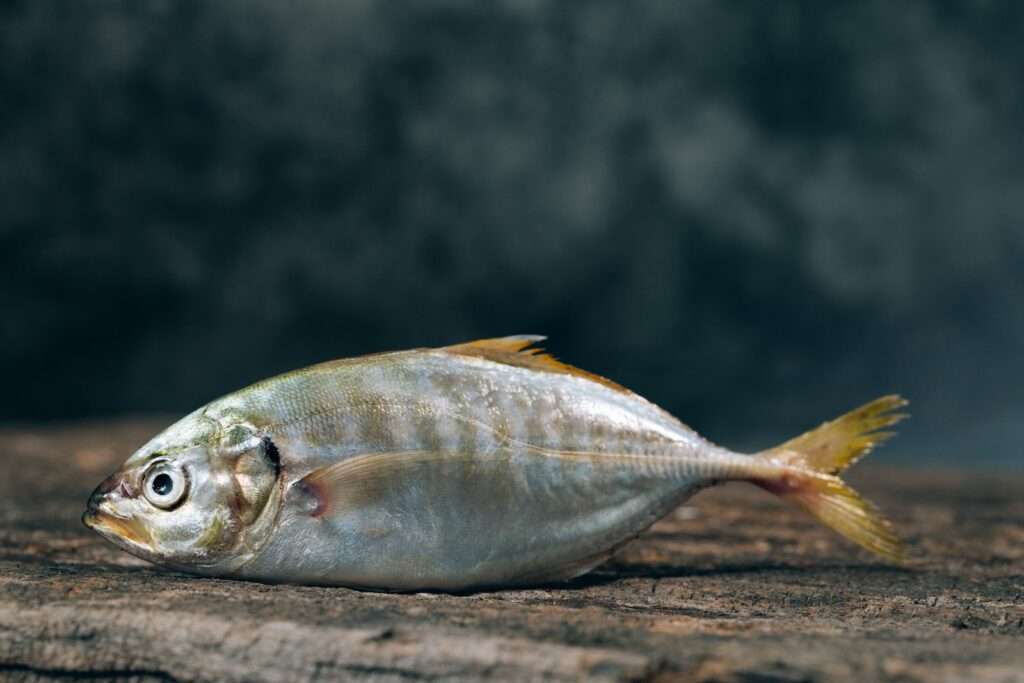Maintaining a harmonious aquarium environment requires a deep understanding of fish behavior. One important aspect to consider is how fish respond to aggressive tank mates. By observing and interpreting their behavior, we can take appropriate measures to ensure their well-being. In this article, we will explore the signs of stress and agitation in fish, their responses to aggressive tank mates, and how to interpret their behavior. We will also address frequently asked questions related to this topic.
Signs of Stress and Agitation
Fish exhibit both physical and behavioral indicators when they are stressed or agitated. Physical indicators include clamped or tucked fins, rapid breathing or gasping at the surface, loss of color or paleness, and lethargy or reduced activity. Behavioral indicators include hiding or seeking refuge, frequent darting or erratic movements, aggressive posturing such as flaring or head-butting, and chasing or fin-nipping.
Responses to Aggressive Tank Mates
When faced with aggressive tank mates, fish employ various strategies to cope with the situation. Avoidance strategies include seeking hiding spots or shelter, staying close to tank walls or top/bottom areas, and attempting to blend with their surroundings through camouflage. Defensive tactics involve fanning out fins or erecting spines to appear larger, nipping or biting to establish boundaries, and mirror-image aggression where fish mistake their reflection for a rival. Submissive behaviors include displaying pale colors or reduced vibrancy, tucking fins tightly against the body, and rolling onto the side or back to expose vulnerability.
Interpreting Fish Behavior
Interpreting fish behavior requires considering individual differences, context and environment, and observed patterns. Different fish species have varying responses to aggression, so it is important to consider their size, temperament, and territorial nature. Assessing the overall tank dynamics and population density, as well as monitoring changes in water quality, temperature, and lighting, can provide insights into fish behavior. Observing consistent responses to specific tank mates or stimuli and documenting changes or escalation in aggression over time can help in understanding fish behavior more effectively.
Frequently Asked Questions (FAQs)
1. How can I reduce aggression among tank mates?
To reduce aggression, provide sufficient hiding spots and territories for each fish. Rearrange tank decor periodically to disrupt established territories. If necessary, consider separating aggressive individuals.
2. Are there any fish species that are peaceful tank mates?
Yes, certain species like neon tetras, mollies, and corydoras are generally peaceful. It is important to research and choose compatible species based on their temperament and size.
3. Why do some fish become more aggressive during breeding?
Breeding instincts can trigger territorial aggression in fish. Providing separate spawning areas or temporarily removing aggressive breeders can help manage aggression during breeding.
4. Can a stressed fish recover from aggression-related issues?
With appropriate care and a stress-free environment, many fish can recover from aggression-related issues. Ensure optimal water conditions, a balanced diet, and a peaceful tank setup to support their recovery.
Conclusion
By observing and interpreting fish behavior, particularly their responses to aggressive tank mates, we can prevent stress, injuries, and fatalities. Understanding the signs of stress, the various responses exhibited by fish, and the factors that influence their behavior will help us create a safe and harmonious habitat for our aquatic companions. Maintaining a peaceful aquarium environment not only enhances the well-being of our fish but also allows us to enjoy their beauty and presence to the fullest.

